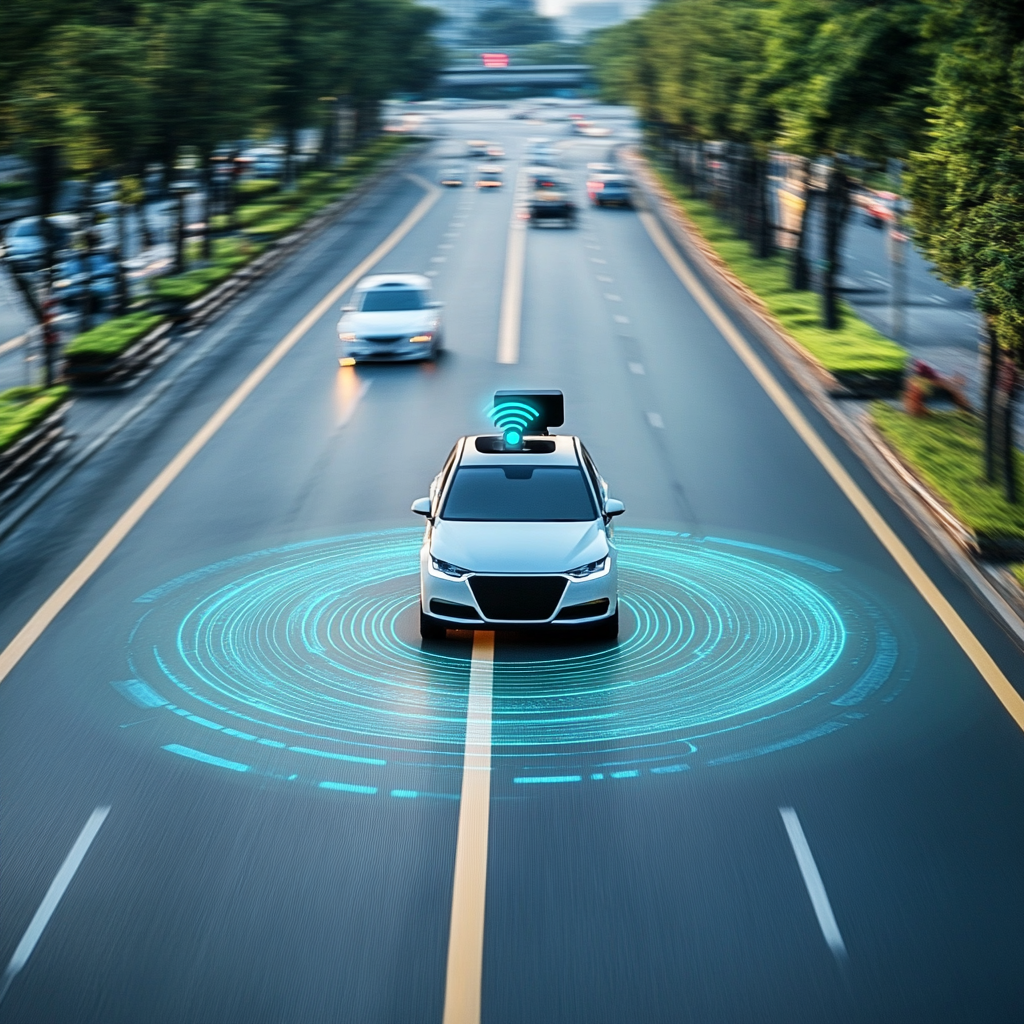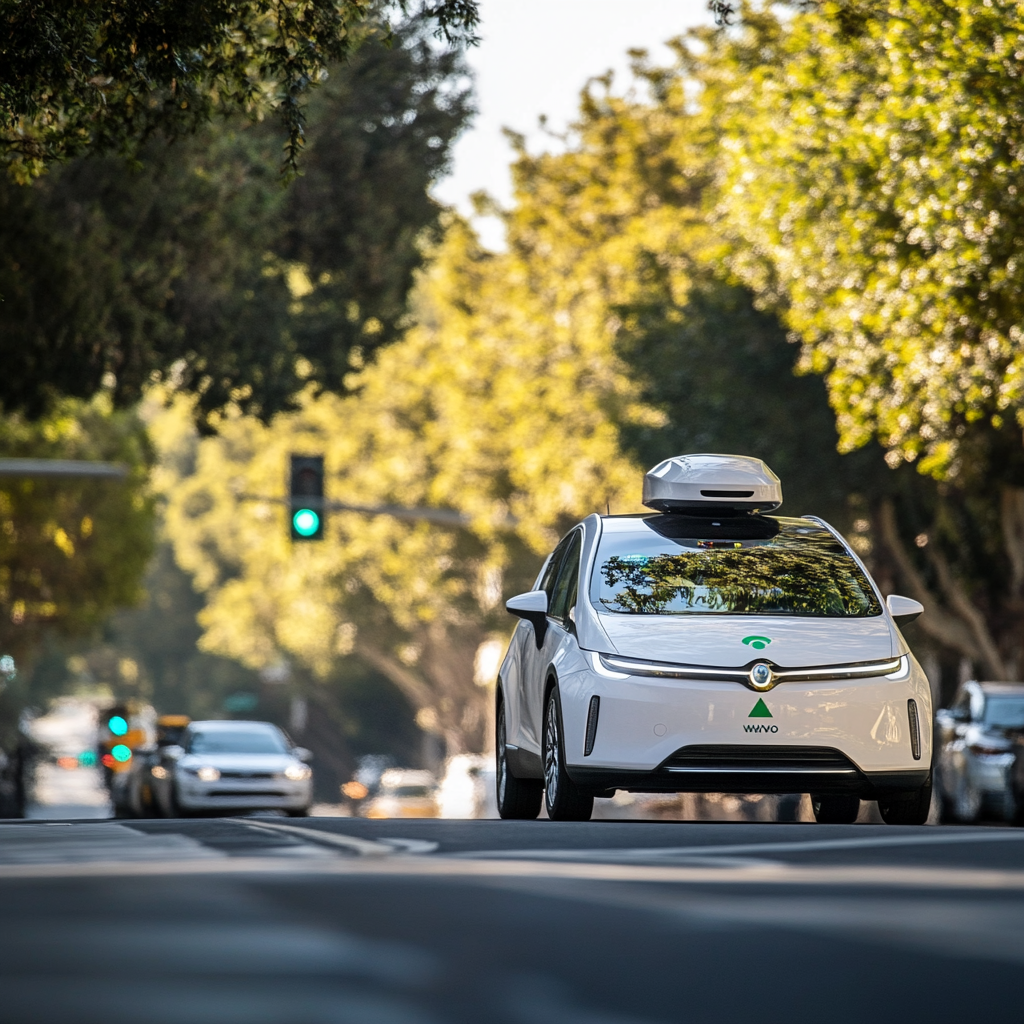

As self-driving car safety technologies continue to evolve, they bring both exciting opportunities and significant challenges. The promise of reduced traffic accidents and increased convenience comes with real risks, especially when considering the reliance on systems that still need oversight from human drivers. Understanding the different levels of automation—from the semi-autonomous features of Level 2 systems to the not-yet-realized fully autonomous capabilities of Level 4 and 5—helps consumers appreciate advancements in autonomous vehicles while remaining aware of their limitations. Additionally, incidents involving fatalities linked to driverless cars underscore the urgent need for strong safety measures and comprehensive regulation to ensure these innovations deliver on their promise without compromising public safety. Balancing the benefits of technological progress with an understanding of potential dangers will be crucial as we shape the future of transportation.
While Tesla often dominates discussions around self-driving cars, it’s crucial to recognize that several other manufacturers are also pioneering automated vehicles and advanced driver-assistance systems. Brands like Ford with its Mustang, General Motors’ Chevrolet Bolt EV, and BMW’s iX models are introducing innovative self-driving technology that enhances driving safety and convenience. However, these systems predominantly fall within Level 2 or Level 3 classifications, necessitating ongoing driver supervision despite their advanced features. As the automotive industry navigates the complexities of these technologies, it’s essential to scrutinize not only their operational capabilities but also their safety records to ensure autonomous vehicle safety. Recent incidents, including tragic fatalities, highlight the need for rigorous testing, comprehensive safety protocols, and clear regulatory frameworks to ensure that advancements in self-driving cars contribute positively to highway safety and do not compromise the well-being of all road users.
As we examine the differences among driver assistance levels, it becomes clear that the line between human drivers’ responsibility and technological autonomy is increasingly blurred. Levels 2 and 3 systems, including those in popular self-driving vehicles from manufacturers like Ford, GM, and BMW, offer essential assistance but still require human drivers to maintain full attention and readiness to intervene. This need for human oversight highlights a crucial point emphasized by organizations like the Insurance Institute and the Michigan Transportation Research Institute: no vehicle is entirely autonomous, and while driverless cars are advancing, the technology is not infallible. Understanding these distinctions is vital for consumers as they adapt to the evolving landscape of driving; being aware of their responsibilities as human drivers is equally important as they embrace the convenience and safety enhancements promised by these systems. Such knowledge will empower human drivers to engage with these technologies thoughtfully, ensuring personal safety and the safety of others on the road.
As the automotive industry moves closer to the dream of fully self-driving cars, it’s essential to differentiate between the technologies available today and the true autonomy of Level 4 and 5 vehicles. Currently, no car on the market meets these standards; most operate within Levels 2 and 3, necessitating continuous human oversight and intervention. While the promise of eliminating human error and reducing accidents is enticing, the reality reveals significant safety risks and limitations in technological capability. Although advancements in automation are progressing, consumers must remain aware of their vehicles’ functionalities and constraints to navigate their driving experience responsibly and maintain safety on the roads. Understanding both the potential benefits of autonomous vehicle safety and the restrictions, including the risk of minor fender benders and the need for emergency braking, is crucial as we aim for a future with full autonomy.
Tesla’s Autopilot mode has ignited significant debate, showcasing its innovative features alongside safety concerns raised by critics. Proponents praise this self-driving vehicle technology for its potential to reduce traffic accidents and enhance driving convenience, aiming for a zero accident future. However, sceptics highlight several incidents involving fatalities attributed to the system, raising alarms about the branding of Autopilot, which may lead human drivers to overestimate the vehicle’s capabilities and create a false sense of security, resulting in decreased vigilance. Furthermore, the reliance on a complex interplay of sensors, cameras, and software algorithms to navigate real-world driving conditions, including interactions with other vehicles, complicates safety assessments. As stakeholders in the automotive industry continue to develop and refine autonomous vehicles, it is crucial to address these criticisms transparently while prioritizing public safety and ensuring that consumers are well-informed about the actual functionality and limitations of self-driving vehicles, including the importance of video footage to contextualize their performance.
Recent incidents involving self-driving cars, especially those linked to Tesla’s Autopilot, have significantly shaped public perception and raised critical questions about the safety of automated vehicles. Fatalities associated with these cars highlight the potential dangers of over-reliance on technology and reveal the discrepancies between consumer expectations and the limitations of features like blind spot detection. This scrutiny not only impacts individual brands but also casts a shadow over the entire industry, igniting discussions on the need for stringent safety protocols and clearer communication between manufacturers and consumers. As these conversations progress, it’s essential to address human errors and their role in traffic congestion while aligning with National Highway Traffic Safety recommendations. The challenge remains to cultivate a balanced understanding of advancements in automated driving, fostering confidence in their safety, and guiding public sentiment towards a more informed and cautious outlook on the future of transportation.
As we increasingly integrate autonomous vehicles and advanced driver-assistance systems into our cars, human vigilance remains essential for ensuring road safety. While technologies like Tesla’s Autopilot and other Level 2 and Level 3 systems aim to make self-driving cars safer than human drivers, they are not intended to replace the driver’s role but to enhance it. The need for constant human oversight is underscored by incidents that have occurred, reminding us that these systems can struggle under certain conditions. Drivers must stay aware of their surroundings and be ready to intervene, as technology might not accurately interpret complex situations or unexpected events. As we navigate the rise of driverless vehicles, particularly in places like San Francisco, understanding the limitations of these systems and the importance of vigilance is crucial for safeguarding all road users during this transition to a more automated driving landscape.
As the automotive landscape evolves with the rise of driver assistance technologies, it’s crucial to compare the capabilities and limitations of various vehicle brands, like Ford’s Mustang and BMW’s iX models, particularly in the context of autonomous vehicle safety. Both vehicles feature advanced driver-assistance systems, but their applications differ significantly. The Mustang, known for its performance-oriented design, employs these systems mainly for safety and convenience, operating at Level 2 automation, which requires ongoing driver engagement to prevent fatal crashes. On the other hand, the BMW iX signifies a step towards integrating more complex automated features, yet it also remains within the scope of Level 2 and 3 assistance, indicating that even high-end models are not fully autonomous. This variation in technological execution highlights the importance for drivers to stay informed about their vehicle’s capabilities and limitations, ensuring they understand the most effective degree of oversight necessary for maintaining safety on the roads in the context of self-driving vehicles.
The future of transportation is being reshaped by the continuous evolution of automated driving technology, promising to enhance safety and convenience with autonomous cars. However, this progress presents significant challenges that must be addressed to build public trust and acceptance. Incidents involving self-driving cars, such as Tesla’s Autopilot, reveal the gap between consumer expectations and the realities of automated vehicles, emphasizing the need for transparent communication from manufacturers. Additionally, the reliance on complex algorithms and sensors raises safety concerns in unpredictable driving environments, highlighting the critical role of the human driver. To successfully navigate this transformative landscape and reduce traffic fatalities, a holistic approach prioritizing safety education, regulatory oversight, and consumer awareness will be essential in ensuring the road to full autonomy is both safe and sustainable.

This website uses cookies to improve your experience. Choose what you're happy with.
Required for the site to function and can't be switched off.
Help us improve the website. Turn on if you agree.
Used for ads and personalisation. Turn on if you agree.
This website uses cookies to improve your experience. Choose what you're happy with.
Required for the site to function and can't be switched off.
Help us improve the website. Turn on if you agree.
Used for ads and personalisation. Turn on if you agree.